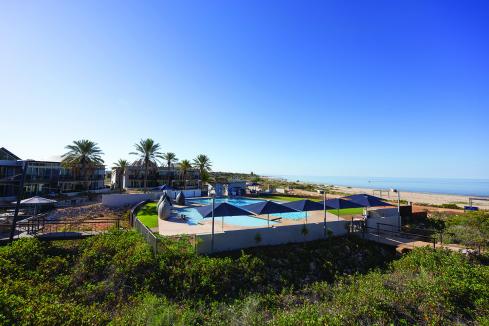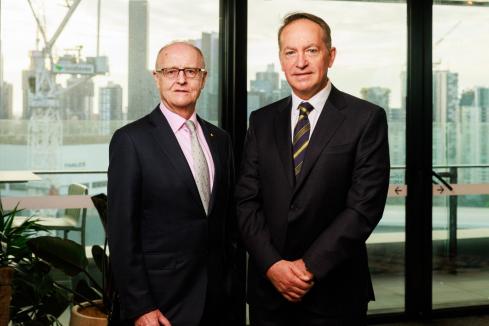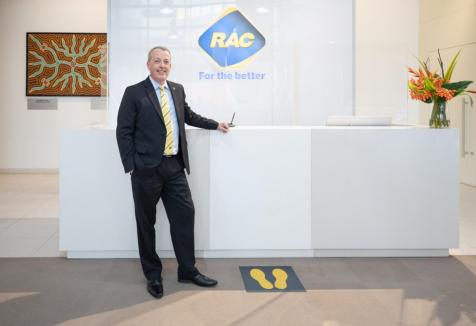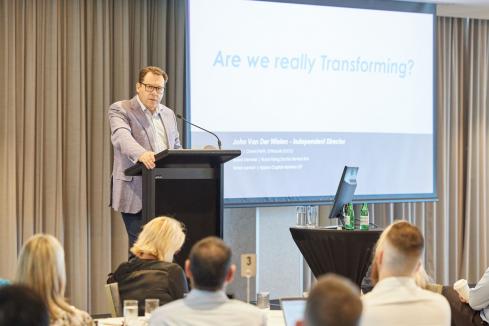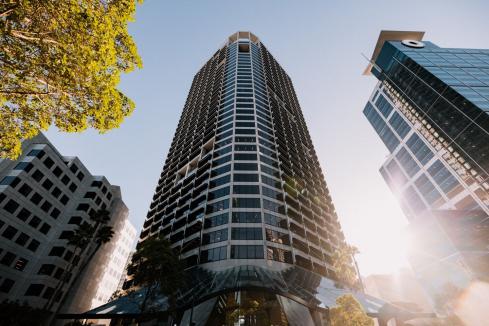A Perth-based startup is setting about saving the environment, one office building at a time.

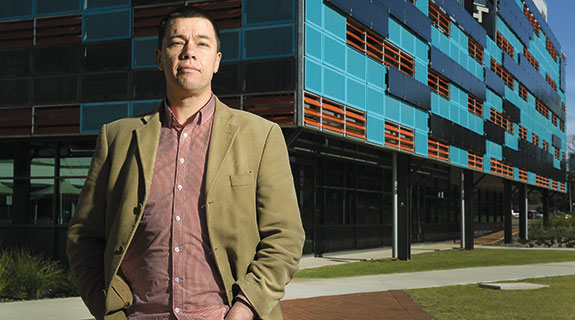
A Perth-based startup is setting about saving the environment, one office building at a time.
Energy efficiency has been on office developers’ radar for quite some time, but their focus has largely been during the construction phase.
And office landlords that keep an eye on energy efficiency once the building is operational most often undertake measurement on a month-to-month basis.
That type of adherence to rigid timeframes has given Perth-based startup Greensense a niche opportunity to provide real-time monitoring of energy usage across commercial buildings.
“Fundamentally, we are a technology business,” Greensense director and co-founder Fabian Le Gay Brereton said.
“Buildings have lots of meters in them, but often that data doesn’t go anywhere, no-one looks at it.
“The problem we are trying to solve is, ‘how do we get some value for performance data that’s inside buildings and how do we get it to the right people so they can make decisions and benefit from it’?”
To that end, Mr Le Gay Brereton said the company had developed a range of hardware solutions that tapped into existing energy meters, such as power or gas, and measure performance.
Those hardware products then transmit data to Greensense’s proprietary software, which can then be analysed and behaviours changed.
The most obvious behaviours, Mr Le Gay Brereton said, were optimising buildings to use less energy on days when nobody was using them.
And that’s more than just making sure the lights are off on the weekends.
A common issue in office buildings is that automatic lighting and air-conditioning systems are not calibrated to take public holidays into account.
The Greensense systems can be calibrated to ensure energy is not wasted on those days, but Mr Le Gay Brereton described that as just the low-hanging fruit of energy efficiency.
He said Greensense’s ultimate mission was to change behaviour and get office users attuned to their impact on day-to-day energy usage.
To do that, Mr Le Gay Brereton said many of the firm’s clients had used monitors in lobbies or other common areas to display a Greensense dashboard – showing how much energy was being used at a particular time, and who was using it.
That real-time measurement, he said, created competition among building users as to who could save the most energy, which flowed on to reduced energy bills for their company.
“A really successful campaign we did was with some schools through Western Power,” Mr Le Gay Brereton said.
“Each school got a dashboard and there were points awarded each week.
“The average energy saving was about 30 per cent, and it was just kids switching off lights and things like that.”
But Mr Le Gay Brereton said saving money on energy bills was not the only motivation for commercial tenants or landlords to install a Greensense system.
“Often when you have a client that’s building a new building, one of the reasons we are doing it is to create a good working environment for their staff, engage their staff and demonstrate good environmental competencies,” he said.
“Or if they are a consumer-facing business, they want to tell that story to their customers.
“We have a mix of clients that are doing it for marketing and communications, or for energy and cost-saving reasons.”
Although Mr Le Gay Brereton said Greensense still considered itself a startup, its client list is already impressive.
Across the Greensense portfolio are around 1,000 properties and about 10,000 monitoring points, with half of those in Western Australia, and the other half on the east coast.
Major companies using Greensense systems include Lend Lease, Frasers Centrepoint, Aldi, and RAC, as well as a number of government and education sector players.
Greensense also recently signed a deal with health insurer HBF to install systems at its soon-to-be-completed new home at Kings Square.
“One of the drivers for our product is Greenstar,” Mr Le Gay Brereton said.
“People want a six-star Greenstar rating because you can attract better tenants and you can get longer leases, and that applies to public and education buildings as well.”












